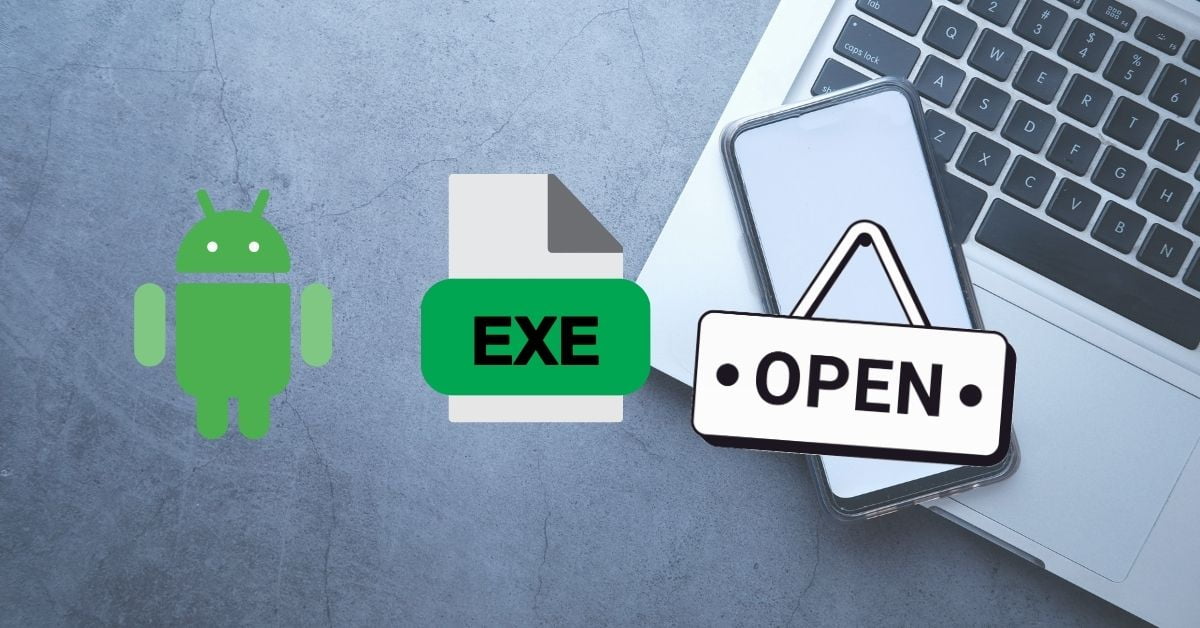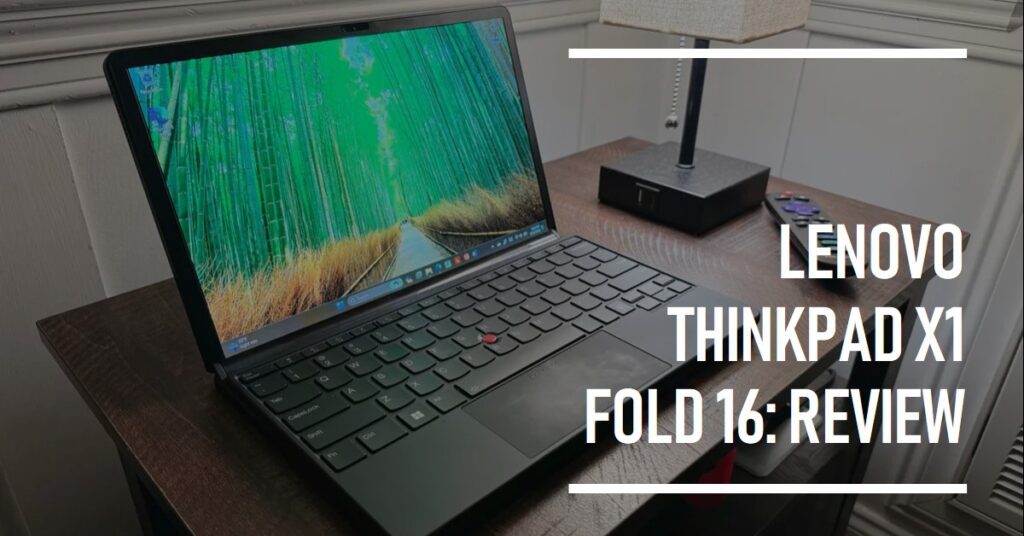Cracking the Code: Exploring Methods to Run EXE Files on Android

An operating system is essential in the technology field. Providers work towards satisfying each requirement and function available in the field. On the other hand, you may get annoyed as a result of not being able to work on a file that doesn’t match up with your device.
In the web of Android users who ask “how to open exe files on Android,” sometimes the effort recounted in the answer is quite involved, yet the payoffs do not fail to fascinate. Here, we will discuss all of the tricks and tips for opening exe files in Android.
Understanding the Roadblock: EXEs cannot run straight on Android devices because of the gap between them.
Firstly, let’s look deeply into the original problem before proceeding to the promising solutions. EXE (executable) files for Windows result from the systems. Those instructions are crafted in the language Windows understands, and by doing them right, you can easily run programs or applications.
While the IOS devices are based strictly on Apple’s instructions, Android, being from the other end of the spectrum, uses a Linux-like OS with its own set of indications and formats. This essential node in the middle of the street disallows the Android system from specifying the EXE files to be run.
Approaches to Bridge the Gap: Shedding Lighting on Potential Solutions
While directly running EXEs on Android remains elusive, there are alternative approaches to consider, each with its advantages and limitations:
1. Unveiling the Contents: Removing DRM will guide us in choosing which programs we will fight DRM.
Some EXE files, in especially cases where they have been created using an Inno Setup installation setup, serve as intermediary archives for the installation and do not directly have the actual program files. There are instances where you find technology apps to be helpful.
Here, processes like “Inno Setup Extractor” can come to your rescue. The main function of the utilities is thus to disassemble the INSKIN-EXE files and get to the essential information, which is the hidden files and folders. However, it’s possible to eject the cartridge (called dumping) and directly run the program sometimes.
On other occasions, you may be able to simply access the individual files in the archive instead, which might give you a better understanding of the structure of the program.
3. Venturing Beyond the Play Store: 3rd-party Emulators (Risky!)
Because of the potential security risks and incompatibility issues, the Google Play Store does not feature it. But the workarounds to achieve this would be using programs like Wine or Winulator—this is thought to create a full Windows shell on your Android device.
These emulators allow the running of these EXE files that have a large number of versions, including some modern to date. However, proceed with caution. Torrenting and downloading apps from non-reliable resources can cause your device to be threatened by malware and security risks.
It is crucially important to check carefully the origin and credibility of whatever the third-party emulator is from before deciding to use it. Moreover, even with these emulators, the implementation of applications is not digitally guaranteed, and the performance could be low compared to the devices that are Microsoft-native.
4. Embracing the Cloud: SaaS-driven Solutions are for a Change.
The perspective provided by cloud computing services like “Remote Desktop” or “Parsec” may differ from the traditional one. These services remotely transfer the full version of Windows on your PC to your Android device.
The connection opens you up to the possibility of experiencing the Windows desktop and of running whatever EXE files you want just the way you would with a physical Windows computer.
This strategy does away with the need to have emulators or file extractors on your Android device, but on the other hand, it critically demands a reliable internet connection and also requires you to have access to the remote Windows PC.
Choosing the Right Path: Weighting Issues and Cautions
The key is to realize that there is no one-size-fits-all solution and that every situation is unique. The best way is subject to individual demand and an EXE file type. how to open exe files on Android undefined
- The purpose of the EXE file is to: Are you attempting to open a particular program, extract contents, or just check the directory structure?
- Compatibility: Sometimes the method doesn’t apply to all EXE files. Inquiring into the tools and methods of the given program will contribute to the efficient management of expectations.
- Security: When it comes to downloading and installing apps, be aware of doing it from unfamiliar sources. Trust only legitimate emulators of the third part if you have to.
- Performance: Instances of virtual machines and cloud solutions could be of the same performance level as the application itself runs on a native Windows machine.
The Bottom Line: Dealing with Expectations and Looking for Other Options EXE files
However, it is difficult to launch EXE directly using Android. There are various tricks that you can use, depending on the application you are running. Be sure to take these methods seriously by prioritizing security,
playing by expectations, and understanding that sometimes compatibility and performance simply might not be ideal. If it is unsuccessful via conventional means, we may need to investigate other approaches, i.e., web-based versions, Android apps, etc., as the most feasible alternatives.







Simply desire to say your article is as surprising The clearness in your post is simply excellent and i could assume you are an expert on this subject Fine with your permission let me to grab your feed to keep up to date with forthcoming post Thanks a million and please carry on the gratifying work
Thanks man!
Your article helped me a lot, is there any more related content? Thanks!